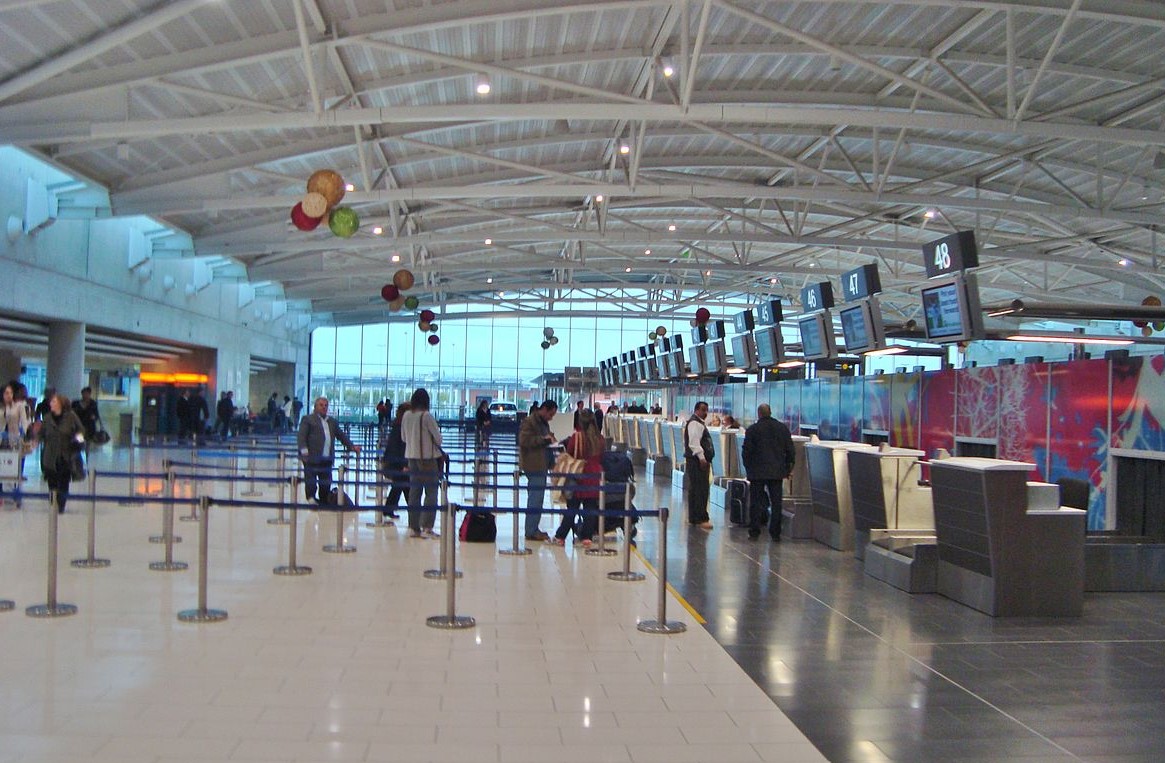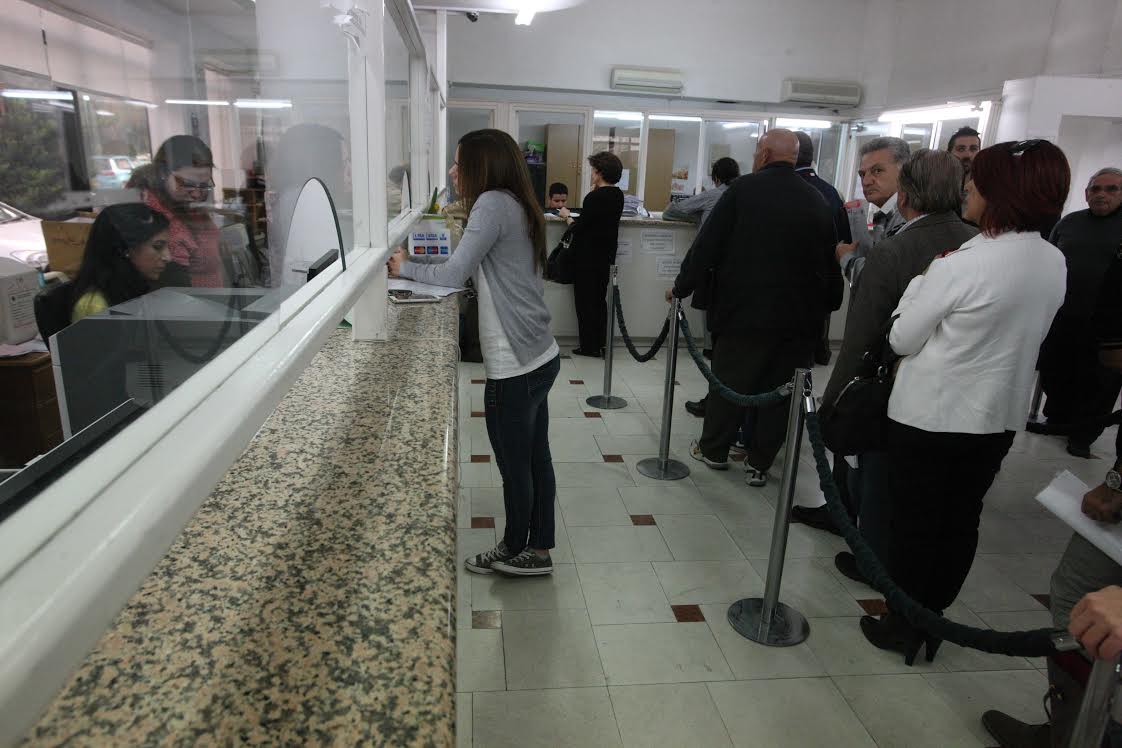The lifting of Covid-19 measures has swiftly elevated global air travel demand, Airports Council International (ACI) World said in a report published earlier this week.
ACI’s quarterly assessment, which looked into the impact of Covid-19 on airports around the world, showed that the removal or loosening of travel restrictions has had a ‘positive and immediate impact’ on the travel sector.
“The recent momentum created by the lifting of many health measures and the relaxation of most travel restrictions in many European countries and in the Americas has renewed industry optimism,” ACI said.
“It however exposed even more the uneven recovery as major aviation markets in Asia-Pacific lag behind their Western counterparts as they continue to be in part closed to international traffic,” the council added.
Regarding airport traffic recovery, the report showed that things are looking positive for the foreseeable future.
Global passenger traffic is estimated to noticeably increase in 2022, reaching 77 per cent of the pre-pandemic levels of 2019.
Total global passenger traffic is projected to reach 7.1 billion people.
The Covid-19 pandemic was devastating to the sector in 2019, taking away a whopping 4.6 billion passengers from the figures of 2019, reflecting a downturn in global passenger traffic of 50.3 per cent.
Moreover, the first two years of the pandemic saw a reduction in global passenger traffic of 10.2 billion.
“Considering my recent trips and based on the latest data, there is no doubt that many travellers are eager to resume travelling—and the early summer volumes are a testament to it,” ACI World Director General Luis Felipe de Oliveira said.
“With the combination of ‘vacation deprivation’ and an upsurge in confidence in air travel provided by increased vaccination rates and safety measures, the relaxation of travel restrictions will help boost the propensity for air travel and fuel the industry’s recovery,” he added.
Furthermore, the ACI World Director General noted that “with many countries taking steps towards the return to a certain normality, lifting almost all the health measures and travel restrictions, we expect a jump in air travel demand in the second half of 2022”.
However, despite the positive traffic trends, the council noted that uncertainties still persist, particularly when it comes to the medium and long-term outlook of the sector.
“While many indicators are pointing towards the recovery, the industry is also facing some significant headwinds including geopolitical conflicts, higher inflation, the risk of economic downturn, supply chain disruptions, labour shortages and potential new outbreaks,” ACI explained.
“Despite the downside risks, the industry remains confident that the potential for a recovery to 2019 levels within two or three years is foreseeable,” it added.
The report explained that the strong recovery in aviation has not been even across all regions.
Certain markets have experienced a much stronger recovery in passenger volume, despite the slower than expected first quarter, due to the emergence of the Omicron variant.
In spite of this disparity between markets, global passenger traffic is still projected to reach 2019 levels by the end of 2023.
What is more, a full-year recovery to pre-pandemic levels is estimated to be achieved in 2024.
“The overall recovery will mainly be driven by the recovery of domestic passenger traffic but will be hampered by the recovery stagnation in Asia-Pacific and a slower recovery in global international travel (globally, domestic traffic accounted for 58 per cent of total passenger traffic in 2019),” the report explained.
“Global domestic passenger traffic is still expected to reach 2019 levels in late 2023 with full-year 2023 traffic at par with 2019 levels,” it added.







Click here to change your cookie preferences